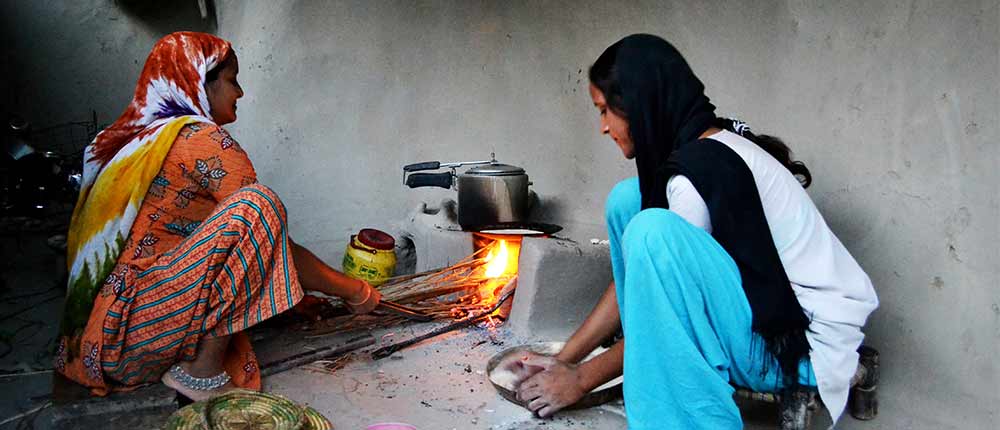WASHINGTON: People in rural India are more likely to switch to improved cookstoves — intended to lower firewood demands and air pollution — if common business practices, such as upgrading the supply chain and offering price rebates, are adopted, scientists say.
Global health efforts to design and deliver improved cookstoves do not always catch on. Experience has shown poor households in rural settings will rarely pay for or use these new stoves.
Three billion people still rely on traditional cookstoves that use solid fuels such as wood or coal, according to researchers from the Duke University in the US.
These stoves contribute to climate change through carbon emissions, deforestation and toxic air pollution, which contributes to poor health among users and their communities.
The study, published in the journal Proceedings of the National Academy of Sciences, found that upgrading the supply chain, performing careful market analysis and offering price rebates, can increase purchase and adoption of improved cookstoves by as much as 50 per cent in rural India.
Improved cookstoves use either electricity or biomass as an energy source. Switching to them can deliver ‘triple wins’: better household health, better environmental health and reduced climate change emissions.
“Previous studies have found low demand for these cookstoves, however, our study found that when barriers to adopting the stoves were addressed, the demand was high,” said Subhrendu Pattanayak, from Duke University.
The study shows understanding what technology, energy and environmental services people want can help figure out how to make rural household invest in improved cookstoves.
The researchers took a novel approach by implementing the study in three phases — diagnose, design and test — over a period of five years.
In the first phase, the researchers analysed existing research on improved cookstove adoption, and looked at sales across different potential study communities, which provided insight into both demand- and supply-side barriers to adoption.
They found no common strategies for promoting changes in cooking behaviour, but instead concluded the socio-economic case for adoption was influenced by local context.
They then conducted focus groups in more than 100 households in 11 rural Indian communities, which allowed researchers to understand local cooking practices, perceptions of different stoves and preferences for stove features.
In the design phase, researchers worked with local organisations to implement eight small pilot programs in three different settings.
This included small-scale testing of various supply chain issues such as marketing and home delivery, rebates and financing, and offers of electric or biomass cookstoves.
In the third phase, they conducted a field experiment to determine whether the combination of upgraded supply and demand promotion would lead to increased adoption of improved cookstoves.
The field test included nearly 1,000 households in 97 geographically distinct villages in the Indian Himalayas.
The experiment showed that more than half of the intervention households bought an improved cookstove compared with zero purchases in the control villages.
The demand was very price-sensitive, and the largest rebate, 33 per cent of retail price, led to the largest purchase rate, 74 per cent.
In the areas that only had an upgraded supply chain and promotion without rebates, there was a 28 per cent increase in ownership of the improved cookstoves.
Households overwhelmingly preferred the electric stove over the biomass stove, by a factor of two to one. Respondents liked the lack of smoke, speed of cooking and portability and attractiveness of the stove.
“Our findings suggest that market analysis, robust supply chains and price discounts are critical for improved cookstove adoption,” said Pattanayak. (AGENCIES)


